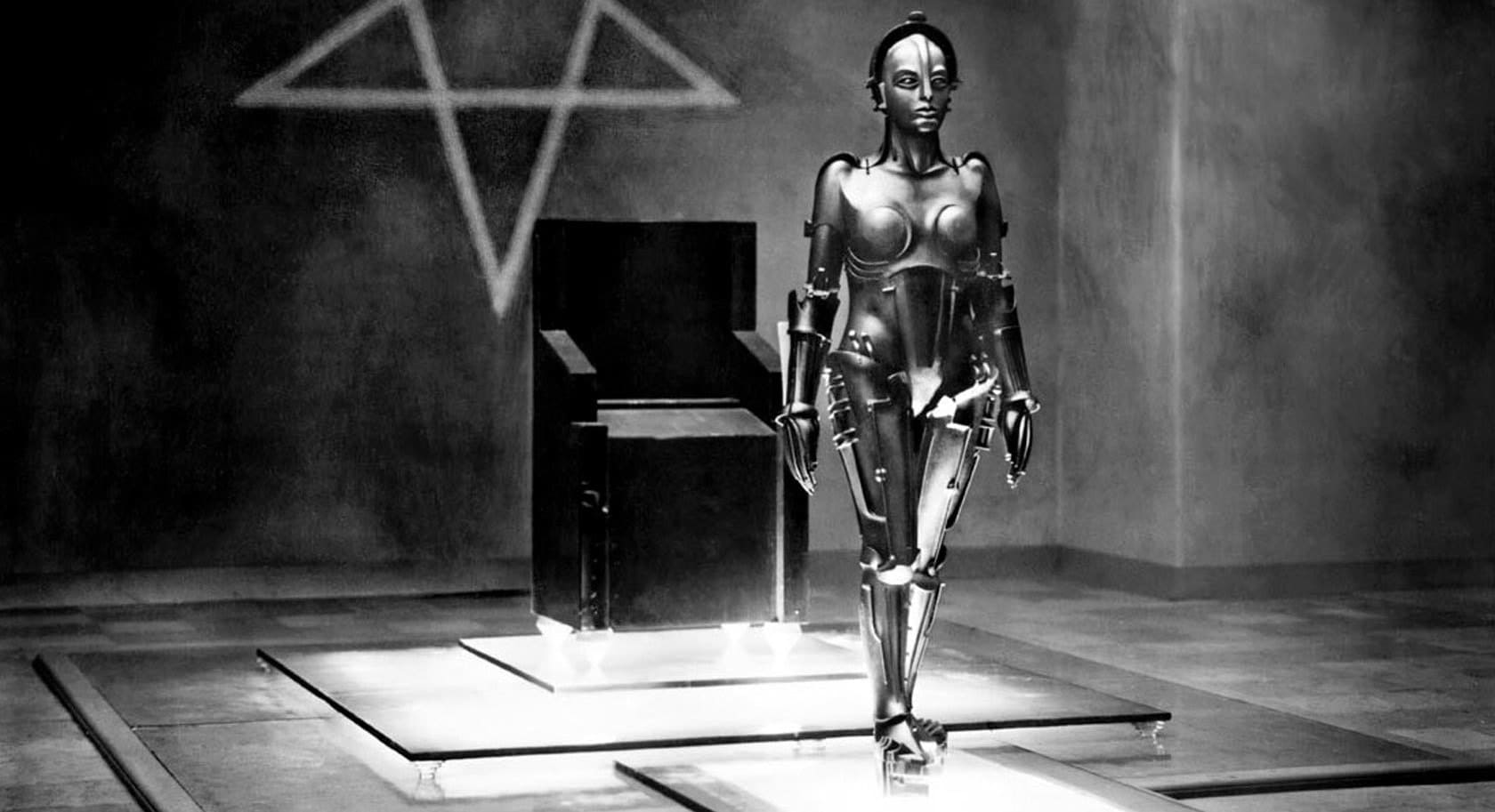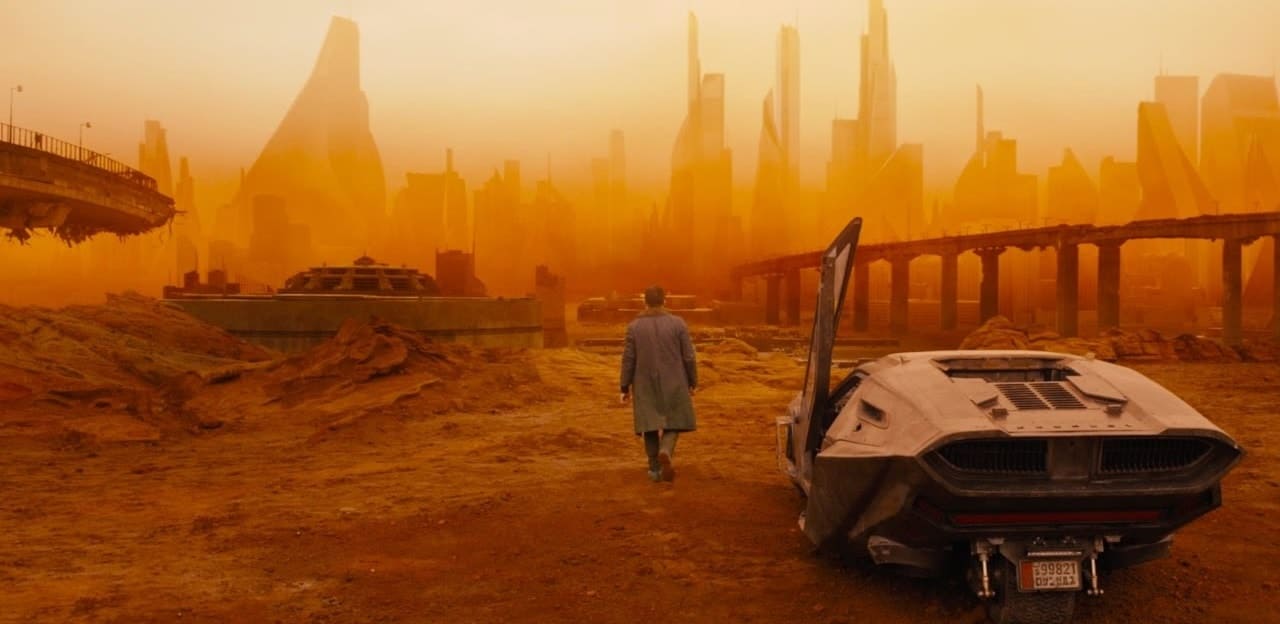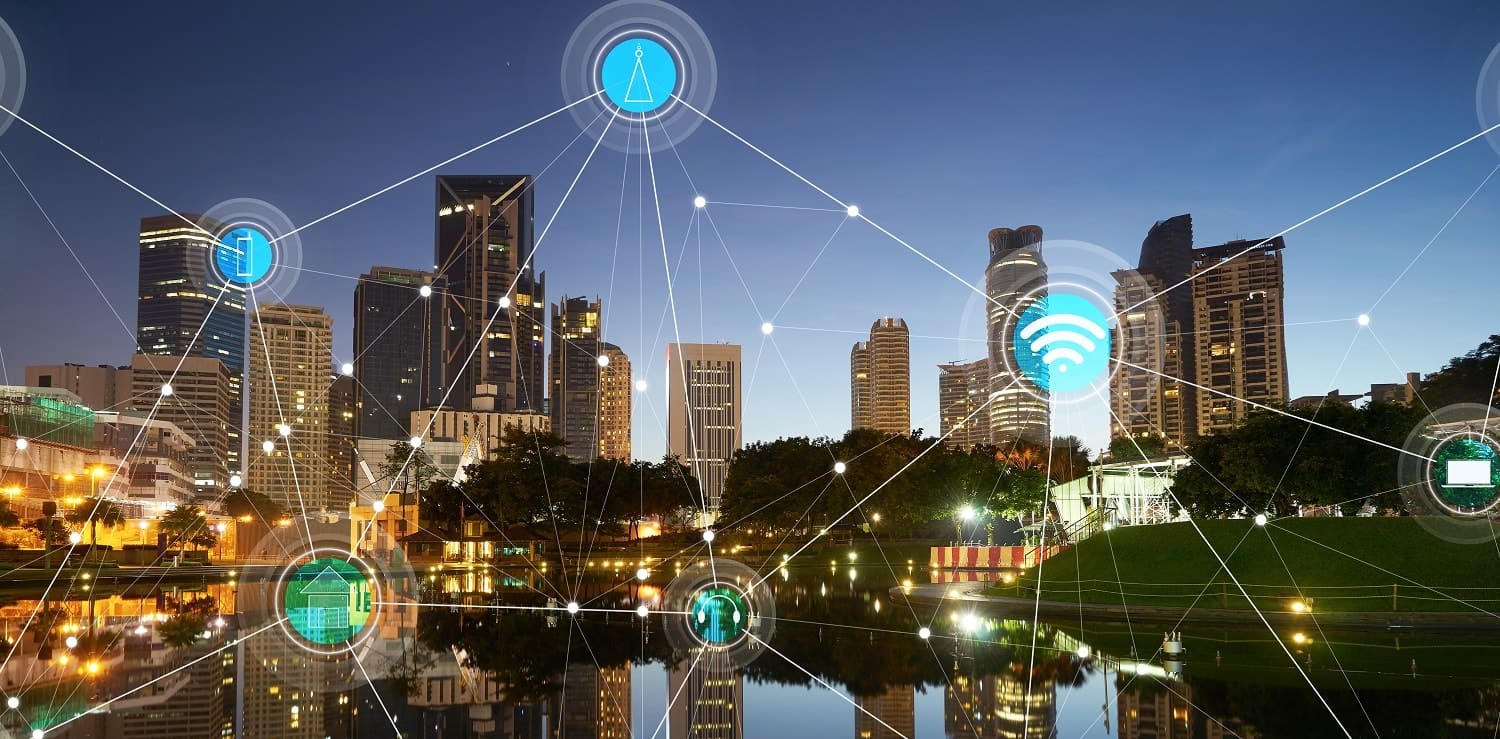Cinema and science fiction that capture the viewer's or reader's mind with special designs and philosophies of the futuristic cities spill over into the sterile streets of smart cities, where hopefully we will walk one day.
Inspiration for Smart Cities
The first city of the future was pictured as far back as 1927 in the famous German silent film Metropolis. Viewers of this sci-fi dystopia are greeted and sent off with this message: The mediator between head and hands must be the heart! Metropolis is a massive skyscraper city from the distant future that serves as a backdrop for the eternal social drama of rich versus poor. It is noteworthy that Metropolis was filmed at a time when hardly any building was taller than six storeys. The first skyscraper is believed to be a ten-storey building in Chicago that used steel-framework technology for the first time. Eventually, the evolution of steelworks, reinforced concrete, pumps and lifts allowed for the construction of much higher buildings. However, all that took place much later than the 1920s, when German director Fritz Lang Metropolis created in Metropolis the concept of a futuristic, vertical city dominated by skyscrapers, where a rebellious robot was plotting a revolution.

Fast-forward to 1989, a famous world of Dan Simmons' Hyperion appears with its Tau Ceti Center, a city-planet surrounded by numerous orbital structures of supertough steel. The citizens of this administrative capital, also called the Hegemony of Man, have become extremely dependent on new technologies. Any interruption will wreak havoc, forewarns Dan Simmons in the late 80s, wagging his finger at the modern, smart cities, whose lives hinge on computer intelligence.
Finally, let us remember the megacity of Blade Runner, starring Harrison Ford, with its myriads of lights. It is thought that the film director, Ridley Scott, drew inspiration from the urban landscapes of the early 80s (the film was shot in 1981, while the director's cut saw light in 1990 to become the best sci-fi film in history according to The Guardian). We are talking about a peculiar mix of Asian architectures of Hong Kong and the industrial looks of Northeast England, as seen by the filmmaker from his window. Yet, the key visionary of urban environments for the film was Hollywood artist and conceptualist Syd Mead, a famous author of concept art for James Cameron's Aliens.

Mead was among those who inspired the futuristic-city development in the countries of the Persian Gulf. He first visited Dubai in 2005, and even back then, looking at the scale and the ideas of Middle Eastern urban projects, said that the region was a fantastic example of how reality is catching up with the future. In turn, architecture critics point out how remarkably similar the steel landscapes of today's futuristic city of Dubai are to Syd Mead's cinematic worlds.
Smart City Projects and the Latest Technologies
It's been 15 years since that visit, and now most jobs in the Gulf states are found on massive construction projects. For instance, Saudi Arabia is running more than 5,000 large projects that cost trillions of riyals (1 SAR is approximately US$0.25). The construction industry remains the main driver of steel demand in the Middle East and this drives both the domestic metal production and imports. Over recent years, Qatar has finished building the sports and tourist infrastructure for the 2022 FIFA World Cup. The facilities of EXPO 2020 Dubai, which was scheduled for October, are fully completed as well, but will have to wait for visitors for another year.

Now, the main steel consumption in the region is shifting to the Saudi Vision 2030 initiatives and the construction of Neom City, which spans 26,500 km2. The magnitude and the concept behind the new projects are mind-boggling for the world. These projects will also fuel the global metals market, as Neom alone is going to require around 4 million tonnes of steel over the next ten years. Notably, Metinvest is one the steel suppliers for Neom.
The name of this new city is symbolic in combining the ancient Greek culture that celebrated intelligence with the global aspirations of the modern Arab world. The ancient Greek prefix neo-, meaning new, is fused with the Arabic mustaqbal, which ranslates as future. It is worth mentioning that construction of Neom is a project under the Saudi Vision 2030 strategy, which aims to diversify the Saudi Arabian economy away from oil towards investments in the public sector, including tourist infrastructure, health care, leisure and entertainment. Furthermore, Neom should mark the end of thriving on oil exports alone and the start ofan innovative, futuristic journey for the people of Saudi Arabia. Neom is supposed to become a kind of a state- within-a-state, authorised to carry out its own tax, judicial and labour policies. The budget initially allocated for Neom, announced in 2017, amounts to $500 billion..
And there certainly is a use for it. The city should become a more technologically advanced successor to Dubai, with the urban ecosystem able to outmatch even the leading-edge cities of today. Here are a few of the bold ideas The Wall Street Journal has had a glance at: flying taxis, household robots, a robotic dinosaur island, luminescent sand beaches, artificial clouds, and even an artificial moon! Of note is that the creators of the novel city want to power it only with renewables.
For example, construction of the first carbon-neutral desalination plant has been contracted to one of the British companies with the expertise in alternative-energy projects. The innovative technology uses solar power to turn seawater into freshwater.
Green energy is also a focus of Dubai's satellite city, Desert Rose. Shaped as a gigantic steel flower with constellations of buildings, the city will only consume power generated from renewables.
To this end, 200 m2of solar panels will be installed. Organic farms, air-conditioned walkways, sewage treatment, green transport… All of these attributes of a smart city that are rather conventional now are primarily associated with gadgets and software. However, just like software is only a binary code without hardware, smart cities cannot exist without metal. Steel plates, steel pipes, sophisticated metal decorations and monumental steel frameworks and supports, all make a solid base for materialising the futuristic leaps of the architectural imagination. The new steelmaking processes keep pace with the novel smart-city technologies to deliver unique architectural and hi-tech solutions. The mediator between head and hands must be the heart, insisted the authors of the iconic Metropolis a century ago. It seems that the creators of modern smart cities, steelmakers, builders, IT experts, and many other professionals, are carefully following this advice.
